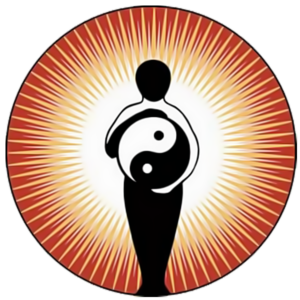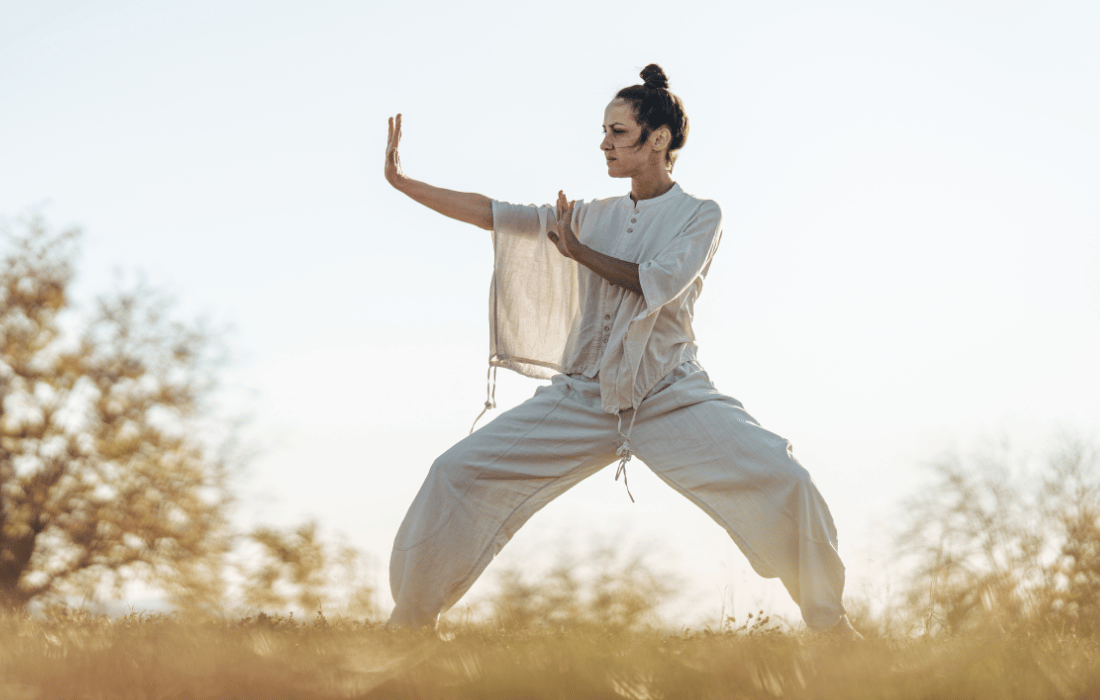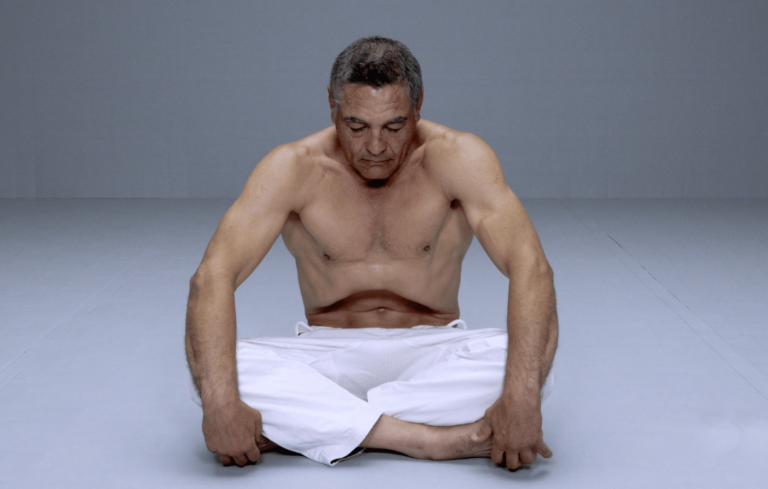Athletes are hardwired to go hard. From the first moment we lace up our shoes, strap on our gear, or hit the mats, the ethos is clear: push harder, dig deeper, and leave everything out there. While this intensity is a hallmark of athletic greatness, there’s a dangerous downside to the “always-on” mentality—burnout, injuries, and diminished performance.
Historically, athletic training revolved around pushing the limits, with recovery often sidelined. Today, that narrative is changing. Athletes are recognizing the importance of balancing “masculine” intensity (yang) with “feminine” recovery (yin). From foam rolling and saunas to yoga and Tai Chi, recovery practices are becoming as integral as the training itself. As Paul Chek, a pioneer in holistic health, aptly describes it, this balance is the dance of yin and yang energy. This article dives deeply into the transformative power of two yin practices—Tai Chi and Qi Gong—and why they should be a cornerstone of every athlete’s recovery routine.
Understanding Yin and Yang in Athletic Training
 The concept of yin and yang originates from ancient Chinese philosophy and represents balance in all things: light and dark, masculine and feminine, active and passive. In the context of athletic training:
The concept of yin and yang originates from ancient Chinese philosophy and represents balance in all things: light and dark, masculine and feminine, active and passive. In the context of athletic training:
Yang Energy fuels high-intensity workouts, competition, and the mental drive to push through challenges. It’s stimulating, aggressive, and necessary for peak performance during intense exertion.
Yin Energy restores, calms, and heals. It encompasses the body’s recovery processes, allowing muscles to repair, inflammation to subside, and the mind to recharge.
Most athletes are dominated by yang energy. This imbalance often leads to overtraining, chronic injuries, exhaustion, and even mental burnout. Cultivating yin energy through practices like Tai Chi and Qi Gong not only restores balance but also elevates overall performance by reducing the risk of injury and burnout.
The Role of Tai Chi in Modern Athletic Training
Tai Chi’s benefits are not just anecdotal—scientific studies have repeatedly demonstrated its impact on athletic performance and recovery:
Proprioception and Balance: Tai Chi improves the body’s ability to sense position and movement, critical for athletes in sports like martial arts, gymnastics, or tennis. Studies show that regular practice enhances balance and reduces the likelihood of falls or injuries.
Flexibility and Joint Health: Tai Chi’s slow, flowing movements improve joint range of motion, reducing stiffness and supporting mobility. This is especially beneficial for athletes prone to joint injuries or wear-and-tear conditions.
Stress Reduction and Recovery: Tai Chi activates the parasympathetic nervous system, promoting relaxation and reducing cortisol levels. A relaxed state not only accelerates physical recovery but also enhances mental focus and decision-making.
Core Strength and Stability: Unlike traditional weight training, Tai Chi builds core strength through subtle, sustained movements. This type of strength is essential for balance, power transfer, and injury prevention.
Energy Optimization: Tai Chi helps circulate qi, the body’s vital energy, improving stamina and vitality. For athletes, this means sustained energy during competition and quicker recovery afterward.
Jayne Storey, an expert on performance practices, even notes that Tiger Woods practiced Tai Chi as a young man, using its principles to improve his golf game. According to Storey, “Tiger’s ability to bring his attention within himself and to anchor it in his body and his breathing enabled his shots to simply flow.”
Tai Chi vs. Qi Gong: Key Differences and Choosing What’s Right for You
Tai Chi and Qi Gong share the goal of cultivating qi (life energy) and promoting physical and mental harmony, but they differ significantly in their origins, focus, and application. Understanding these differences can help athletes choose the practice that best fits their needs—or incorporate both for a well-rounded recovery routine.
Origins and Purpose:
- Tai Chi originated as a martial art over 400 years ago, combining self-defense techniques with meditative, flowing movements. It was designed to integrate combat effectiveness with health and longevity.
- Qi Gong predates Tai Chi, emerging over 5,000 years ago as a practice focused solely on cultivating qi for health, healing, and spiritual growth. It is less about self-defense and more about internal energy cultivation and holistic wellness.
Movements and Structure:
- Tai Chi features choreographed forms, which are sequences of movements that flow into one another. These movements are often based on martial applications and require practice to master.
- Qi Gong includes simpler, repetitive movements or static poses that focus on breathing and energy flow. It doesn’t rely on structured forms, making it more flexible and accessible for beginners.
Focus of Practice:
- Tai Chi combines qi cultivation with physical mechanics, focusing on balance, coordination, and martial arts principles.
- Qi Gong focuses on internal energy work, promoting healing, reducing stress, and improving organ function. It is often tailored to specific health goals.
Accessibility and Learning Curve:
- Tai Chi’s complex forms require more dedication to learn and practice. It’s ideal for athletes who enjoy mastering structured routines.
- Qi Gong is easier to learn and practice, with movements and breathing exercises that are simple yet highly effective. It’s suitable for anyone, regardless of fitness level.
Applications:
- Tai Chi is excellent for athletes who want to enhance balance, flexibility, and mental focus while incorporating martial arts principles.
- Qi Gong is perfect for recovery, stress management, and boosting overall health and resilience.
By understanding these differences, athletes can choose the practice that aligns best with their goals or integrate both for a comprehensive approach to recovery and performance.
The Science of Recovery Practices
Recovery isn’t just about feeling better after a tough workout—it’s about enabling your body to adapt and grow stronger. Here are some recovery practices, including Tai Chi and Qi Gong, and the scientific principles behind their effectiveness:
Tai Chi and Qi Gong: These practices are unique because they combine physical movement with deep breathing and mindfulness. Studies show that Tai Chi and Qi Gong reduce cortisol levels, increase heart rate variability (a marker of recovery), and enhance blood flow to muscles. They also promote parasympathetic nervous system activation, the “rest and digest” state essential for recovery.
Foam Rolling and Myofascial Release: Foam rolling helps release tight fascia and improve blood flow to sore muscles. Research is clear that foam rolling post-exercise reduces muscle soreness and improves range of motion.
Sauna and Cold Therapy: Heat exposure in saunas promotes the production of heat shock proteins, which repair damaged cells and reduce oxidative stress. Deliberate cold exposure, such as ice baths, reduces inflammation and speeds up recovery. Combining these therapies as contrast therapy has been shown to enhance muscle recovery and mental resilience.
Red Light Therapy: Red light therapy uses low-wavelength light to penetrate tissues and stimulate mitochondrial activity. Research demonstrates that red light therapy accelerates recovery, reduces soreness, and enhances cellular repair.
Meditation and Breathwork: Practices like Qi Gong incorporate mindful breathing, which reduces stress, lowers blood pressure, and enhances oxygen delivery to tissues. Athletes who practice breathwork experience better endurance and faster recovery due to improved oxygenation.
Active Recovery: Light activities such as walking, light swimming, or yoga promote blood flow and accelerate the removal of lactic acid. This “low-intensity movement” has been shown to improve recovery times compared to complete rest.
Hyperbaric Oxygen Therapy (HBOT): This advanced technique involves breathing pure oxygen in a pressurized chamber, which promotes faster healing of injured tissues, reduces swelling, and accelerates muscle recovery.
These methods highlight that recovery isn’t one-size-fits-all. However, Tai Chi and Qi Gong stand out because they address recovery holistically as a practice, targeting both physical and mental aspects of well-being.
Why Yin Practices Feel “Silly” (Especially for Men)
The idea of practicing Tai Chi or Qi Gong can feel uncomfortable for many men, especially athletes conditioned to equate masculinity with intense physical exertion. Standing in a park performing slow, flowing movements may seem counterintuitive—or even embarrassing—compared to lifting heavy weights or running sprints. This cultural stigma often prevents men from experiencing the profound benefits of these practices.
Here’s the truth: Tai Chi and Qi Gong are not about looking tough; they’re about building resilience. Both practices were originally martial arts, designed to cultivate strength, agility, and mental clarity. They are as practical as they are restorative. When you approach them with an open mind, you quickly realize their immense value.
Breaking Through the Mental Barrier
- Recognize the History: Remember that Tai Chi was developed by warriors. Its movements are designed for power, precision, and strategy—not just relaxation.
- Start in Private: Practice at home or in a quiet space to build confidence. Follow a beginner Tai Chi or Qi Gong video until you’re comfortable with the movements.
- Focus on the Science: Remind yourself that these practices improve recovery, reduce injuries, and enhance performance—all scientifically proven benefits.
- Embrace the Challenge: Tai Chi and Qi Gong require discipline, focus, and control—qualities that any athlete values. Reframe these practices as a skill to master, just like any other athletic technique.
Conclusion: Mastering the Balance of Yin and Yang
Athletic greatness isn’t just about how hard you push—it’s about how well you recover. Tai Chi and Qi Gong offer a holistic approach to recovery that addresses the body and mind, helping athletes cultivate balance, resilience, and longevity. While embracing these practices may feel unconventional at first, the benefits far outweigh the initial awkwardness. By integrating Tai Chi and Qi Gong into your recovery routine, you’ll not only improve your performance but also enhance your overall quality of life. So, take a step onto the mat, embrace the yin, and unlock your full potential as an athlete.











